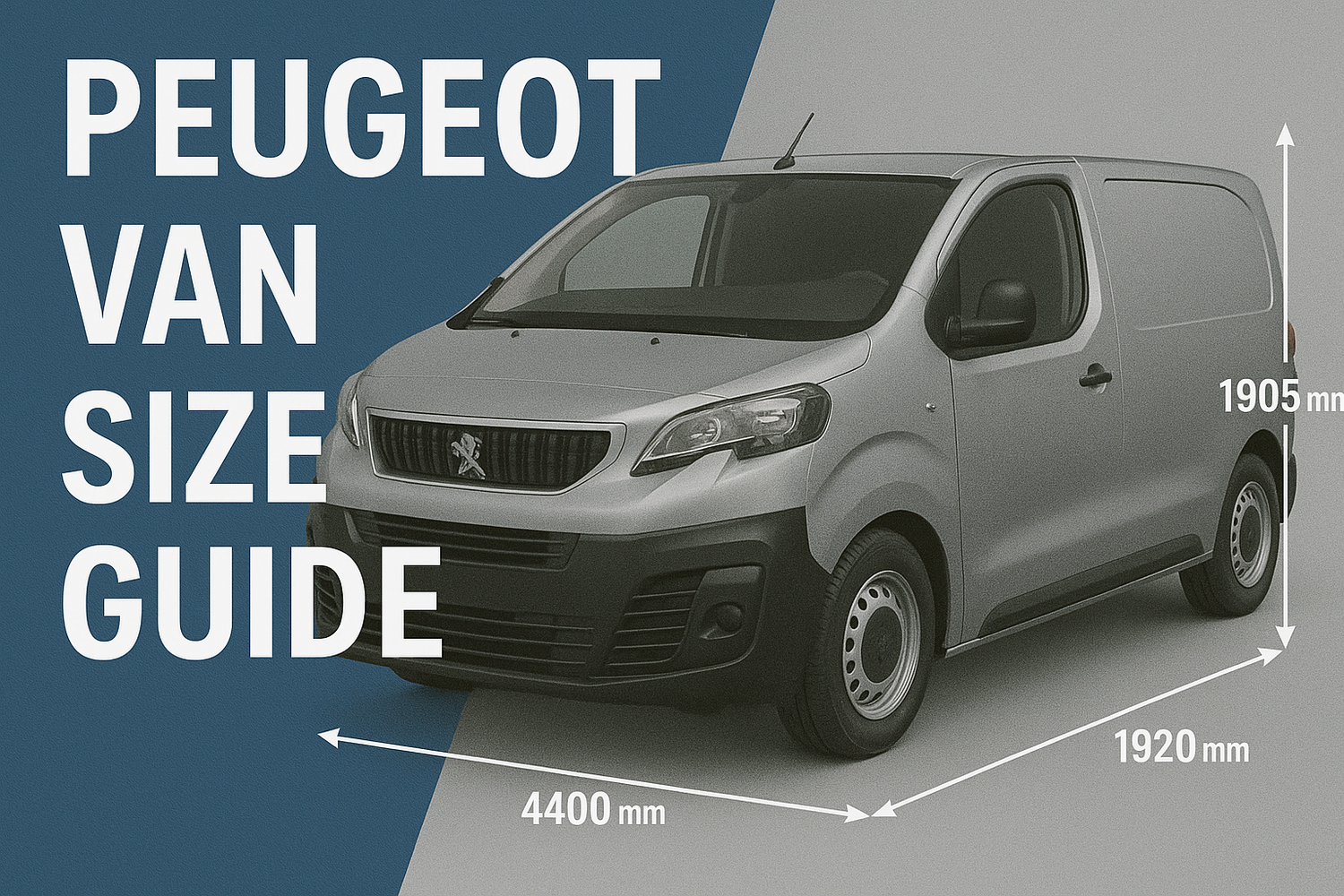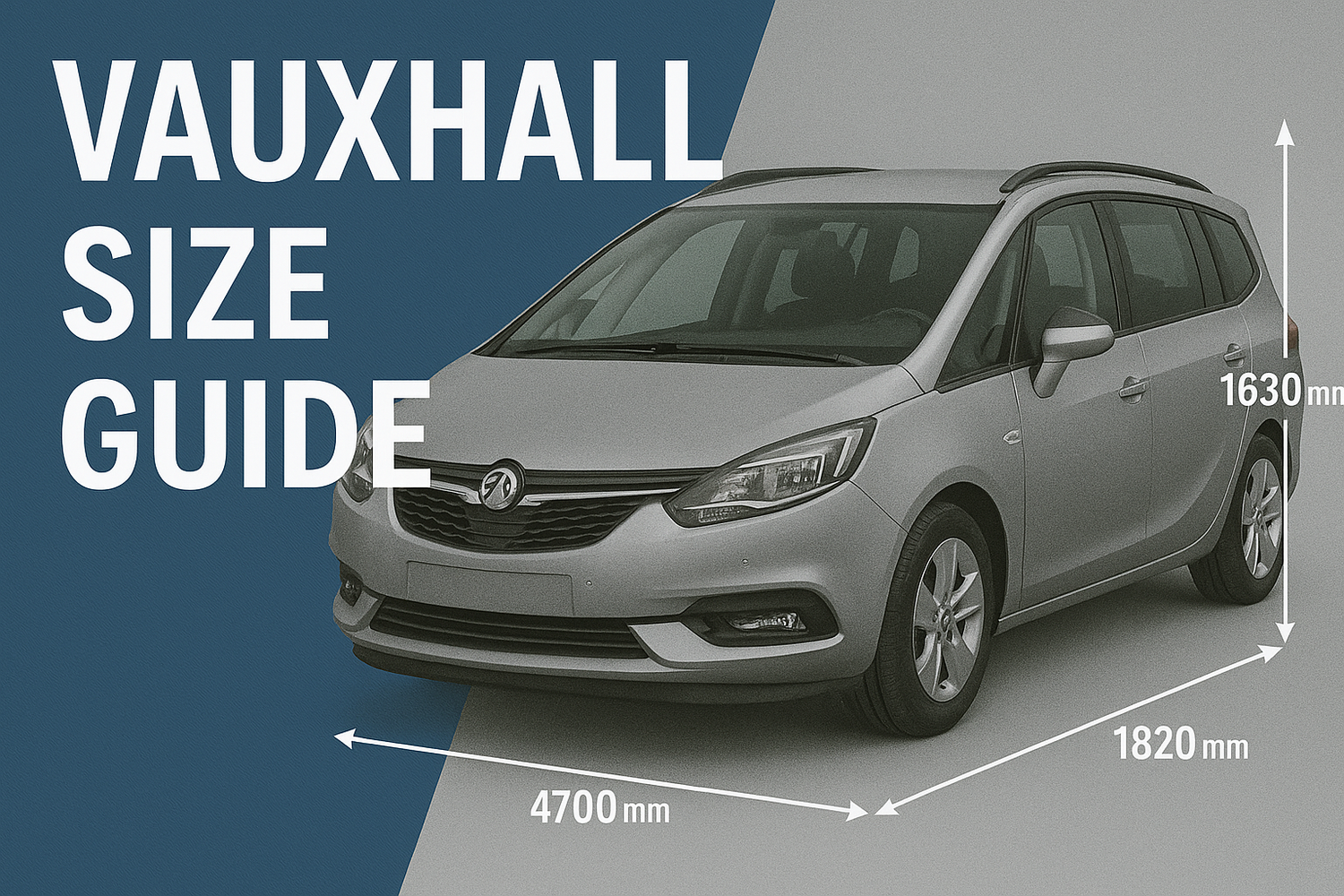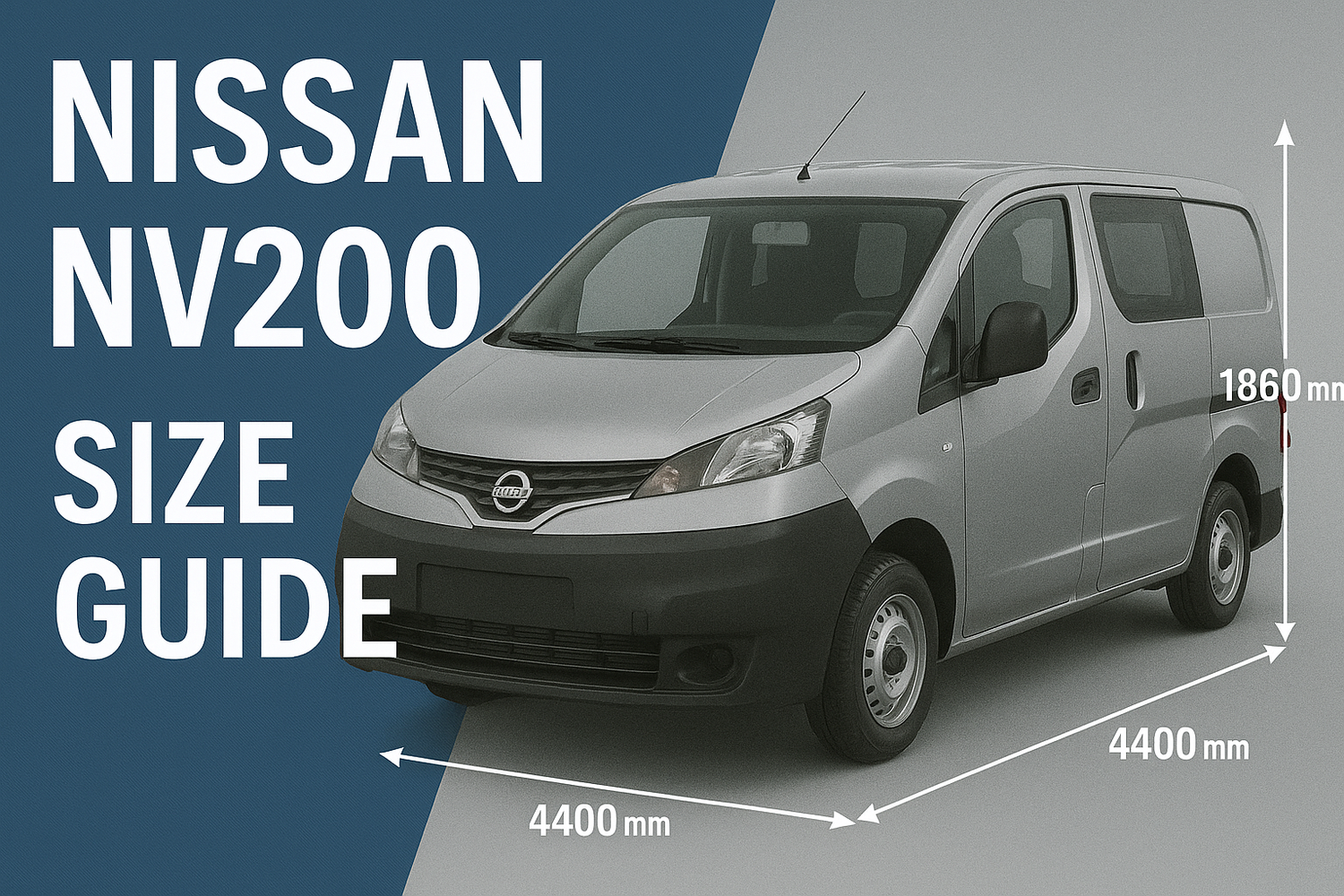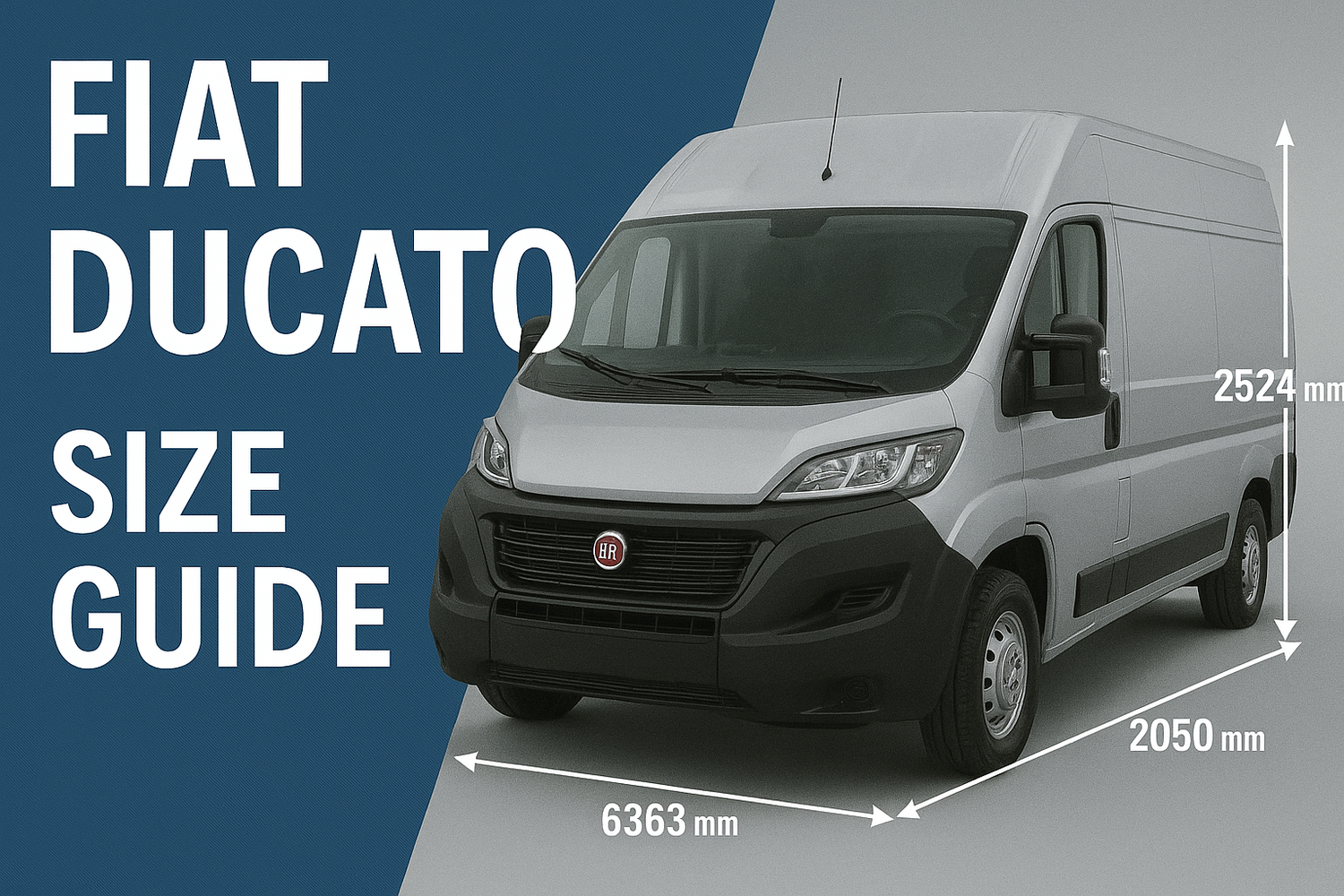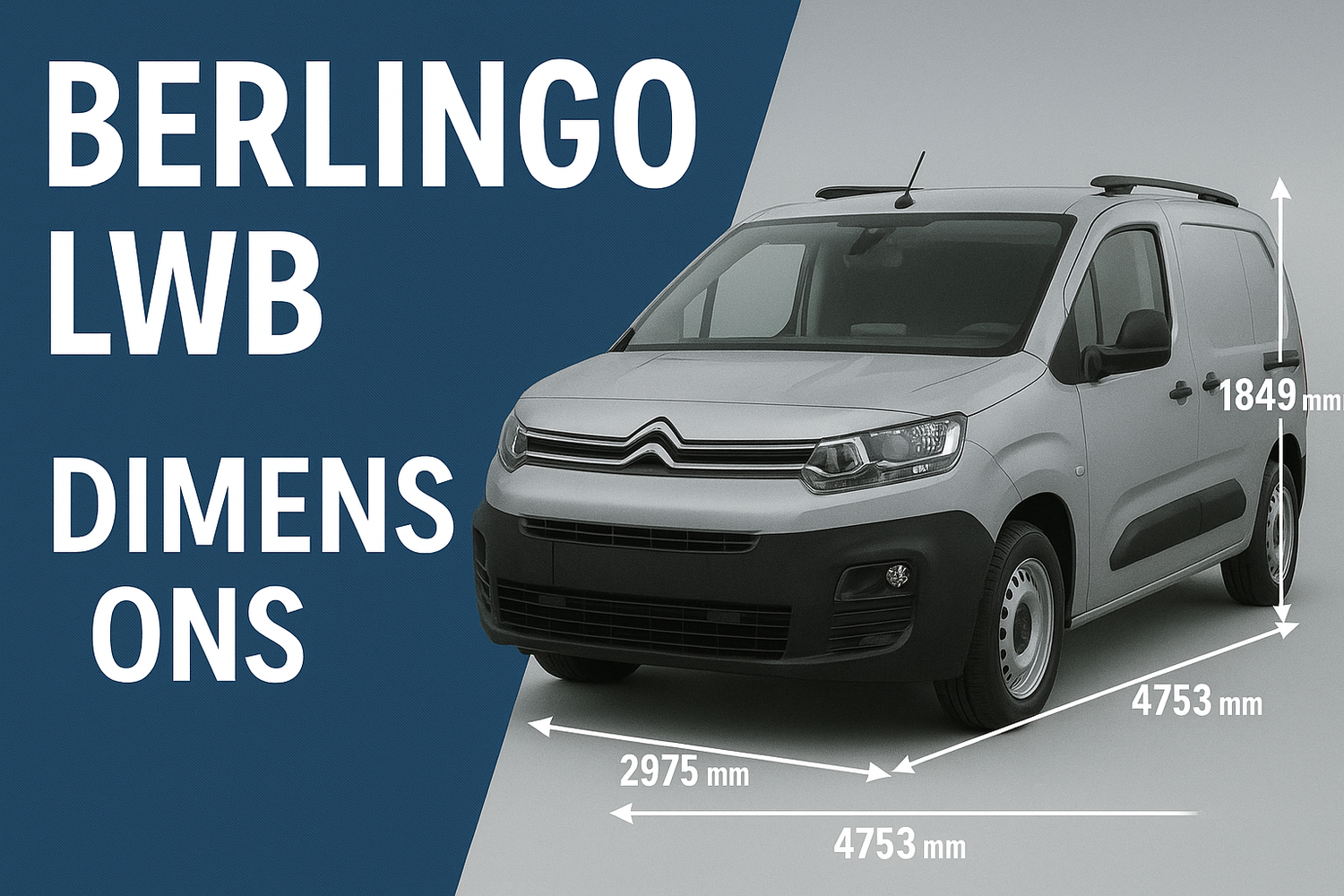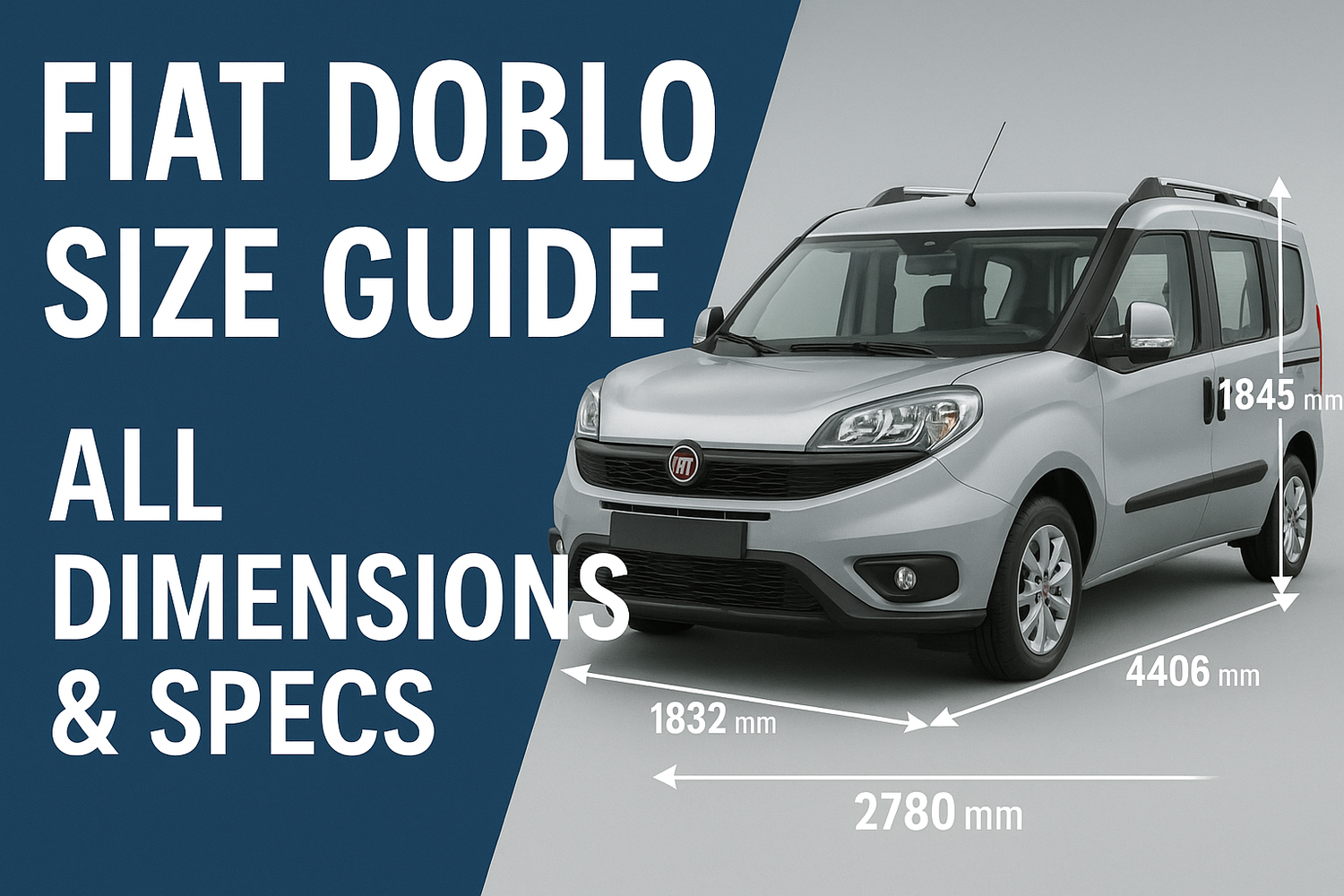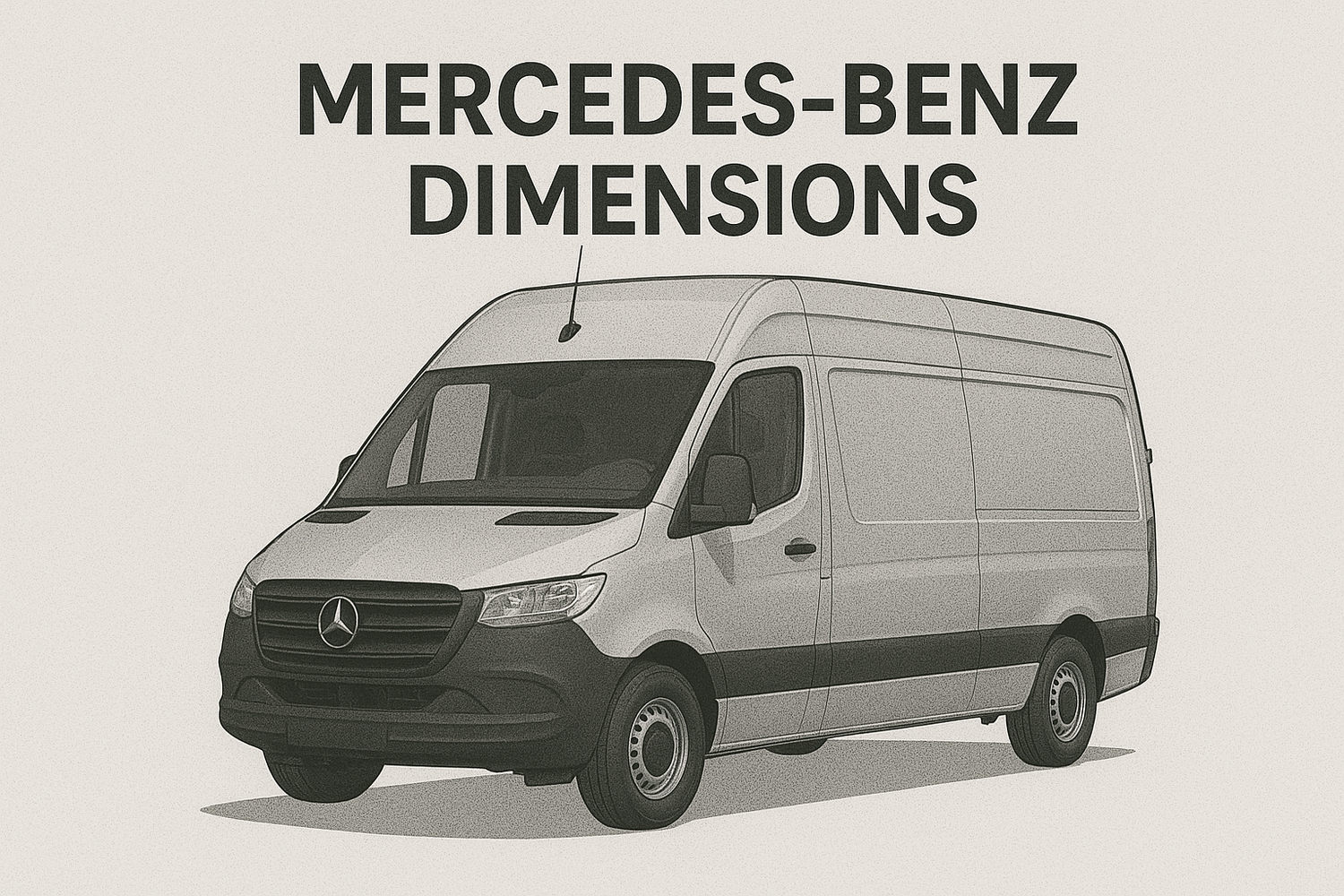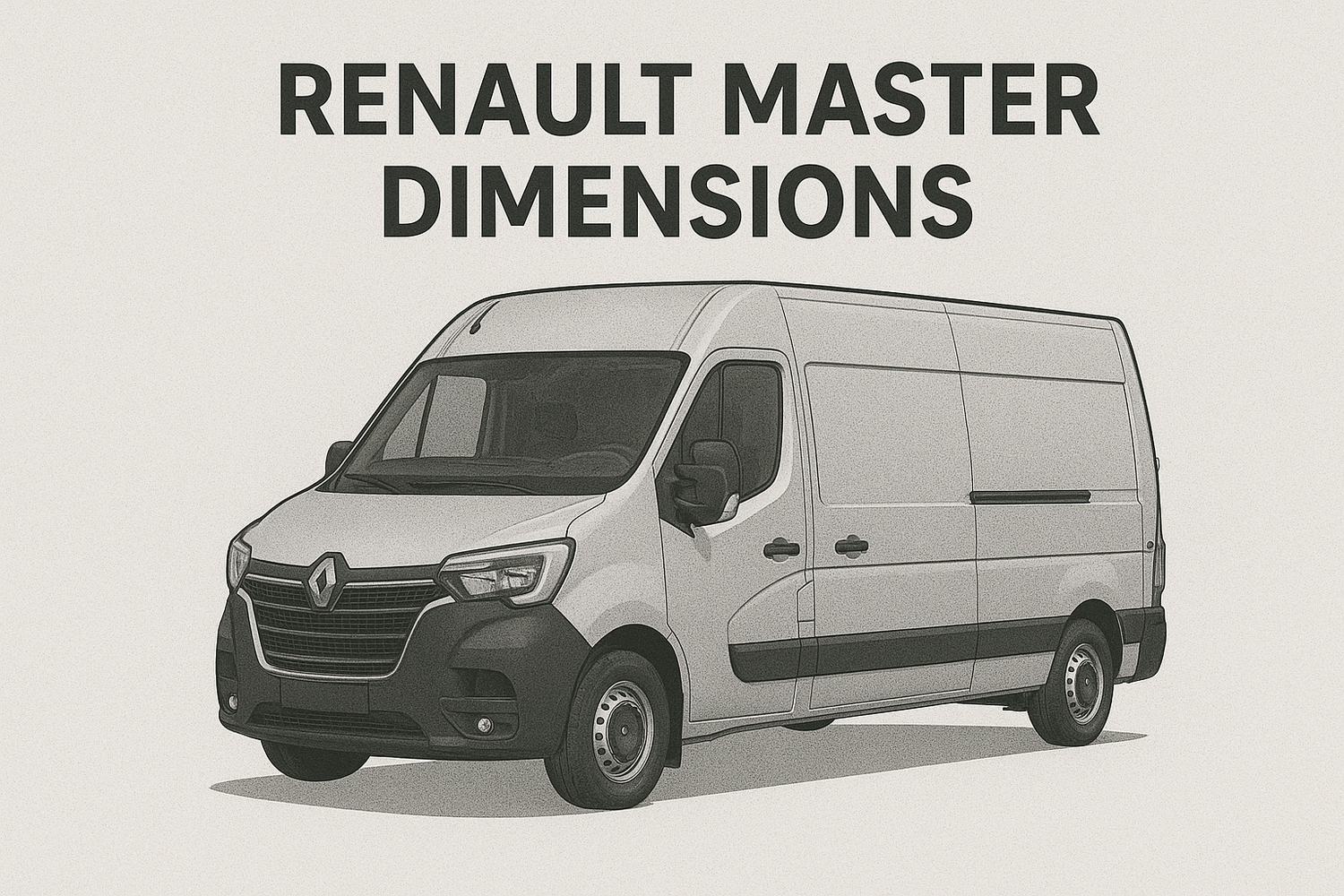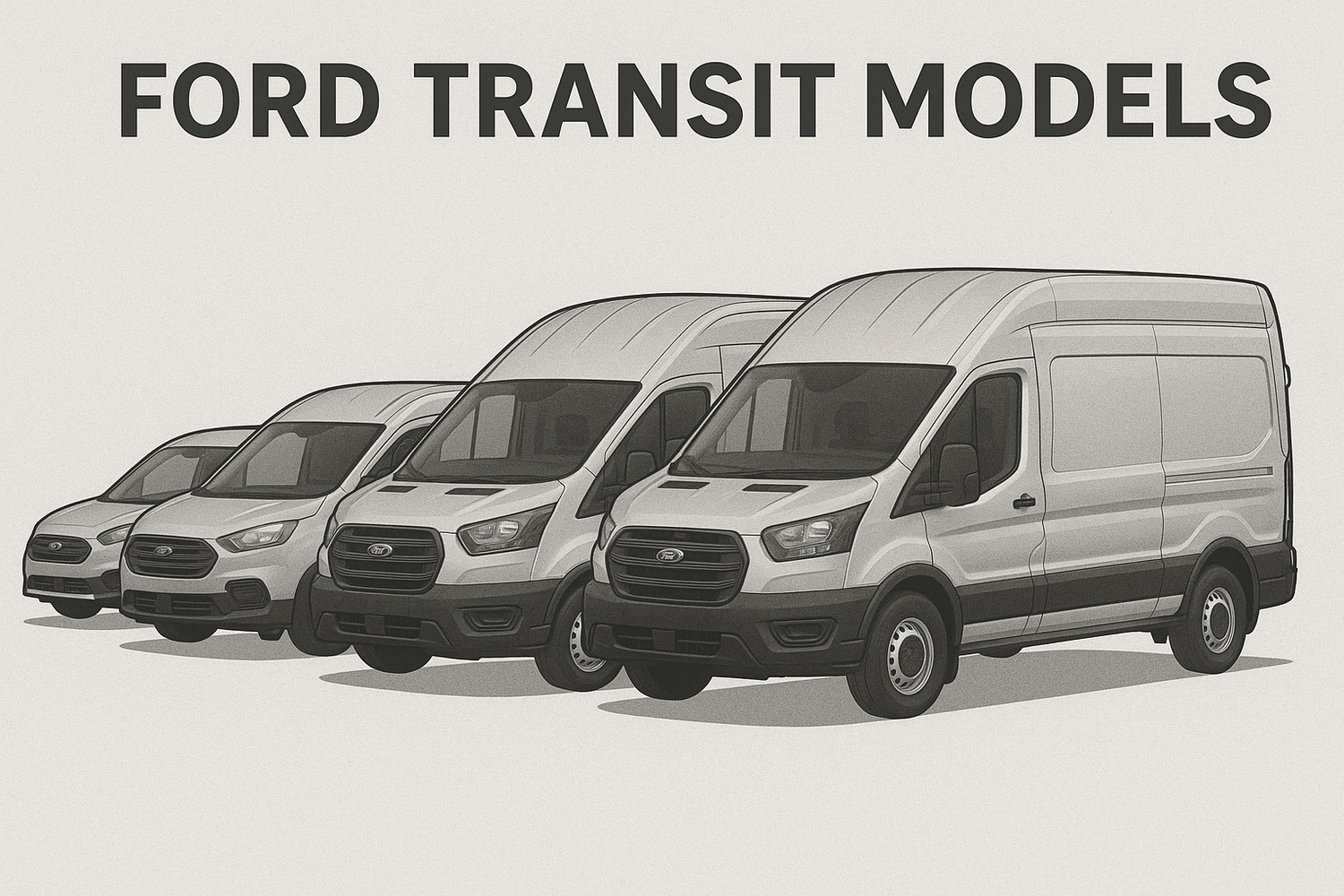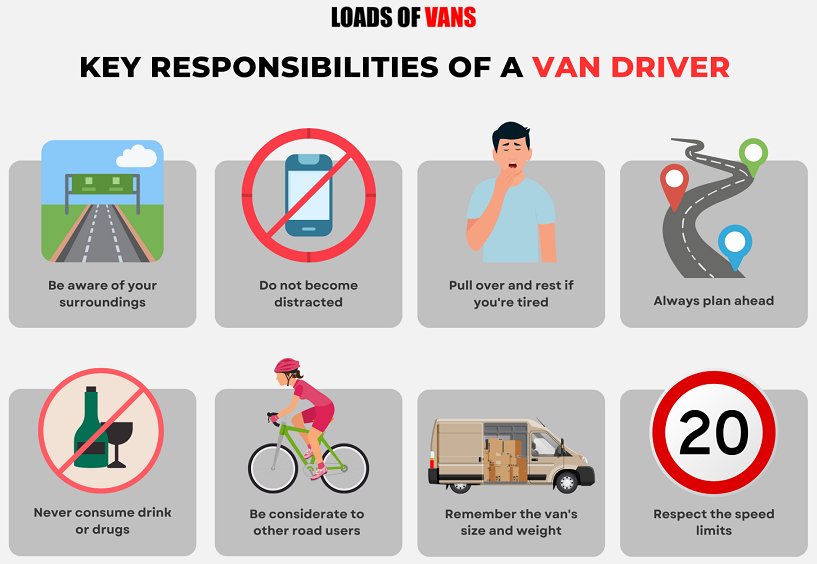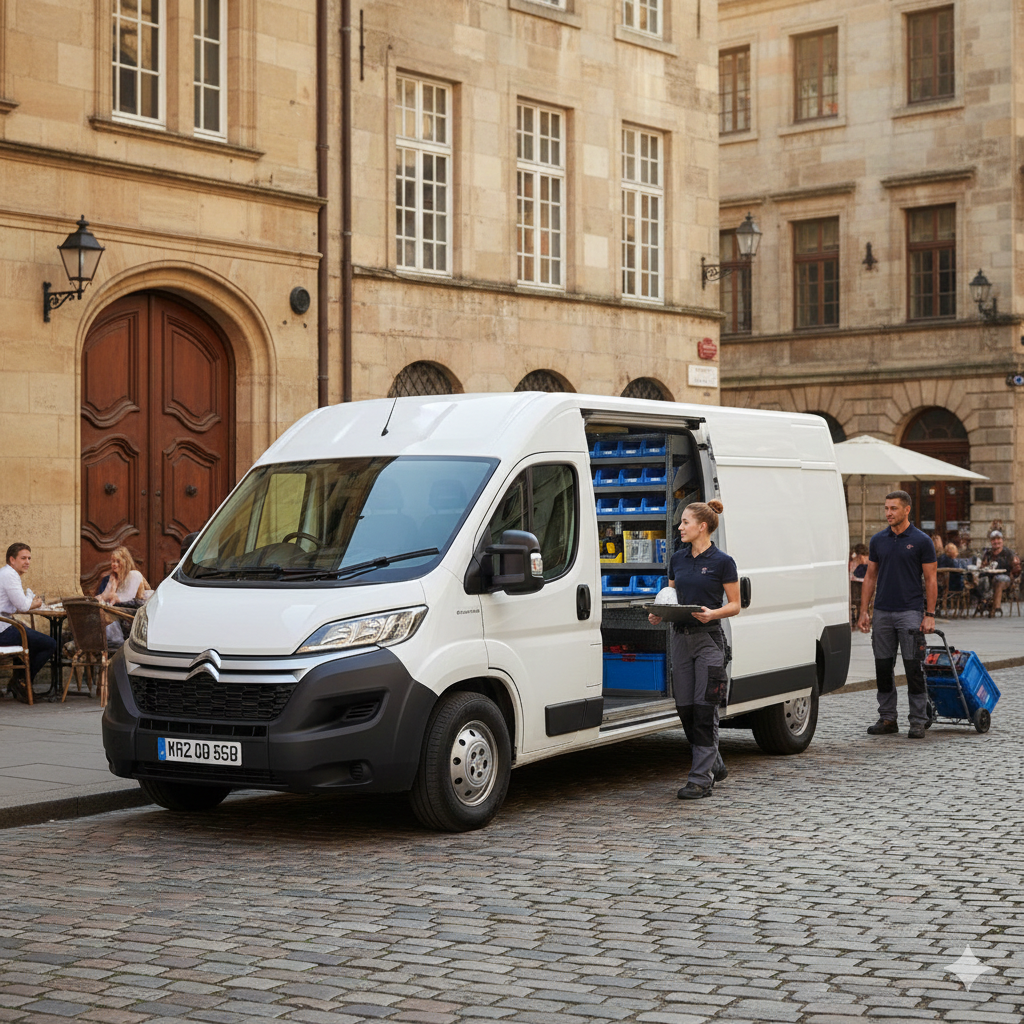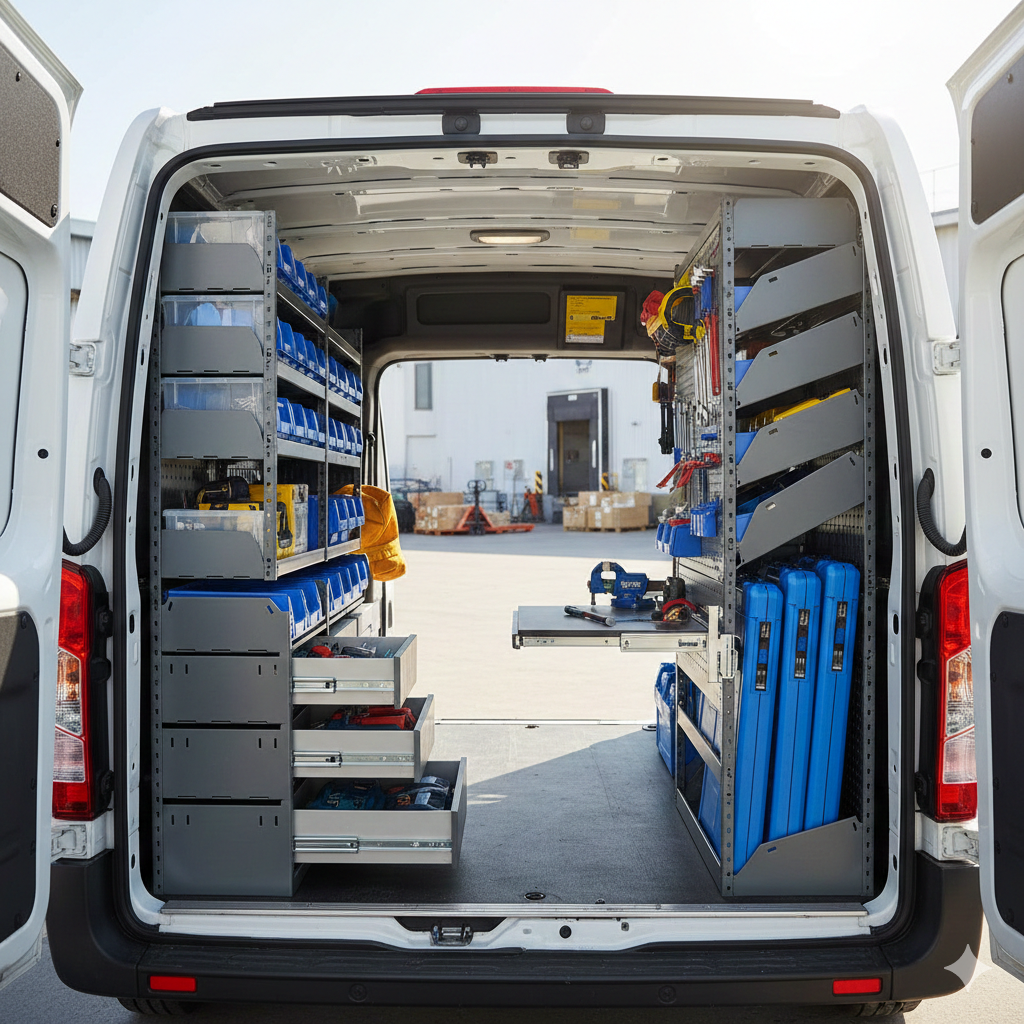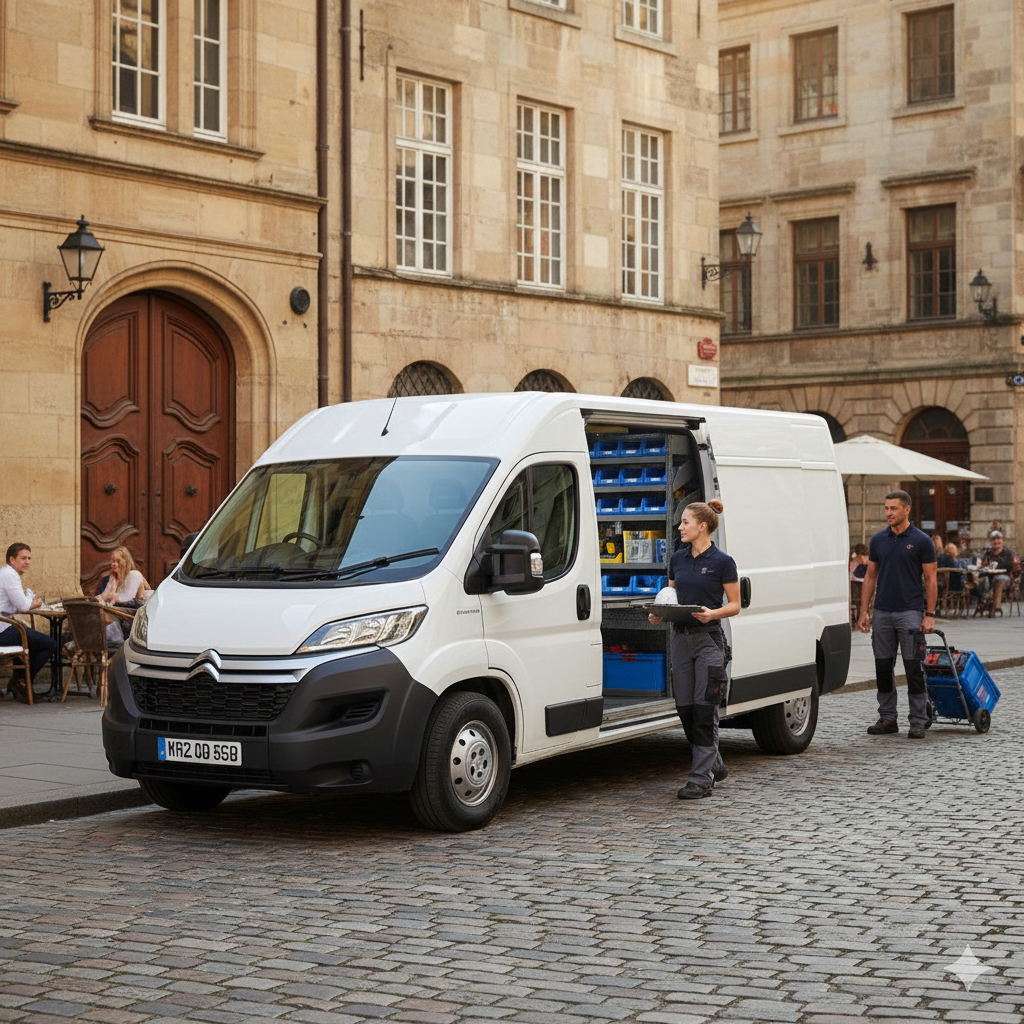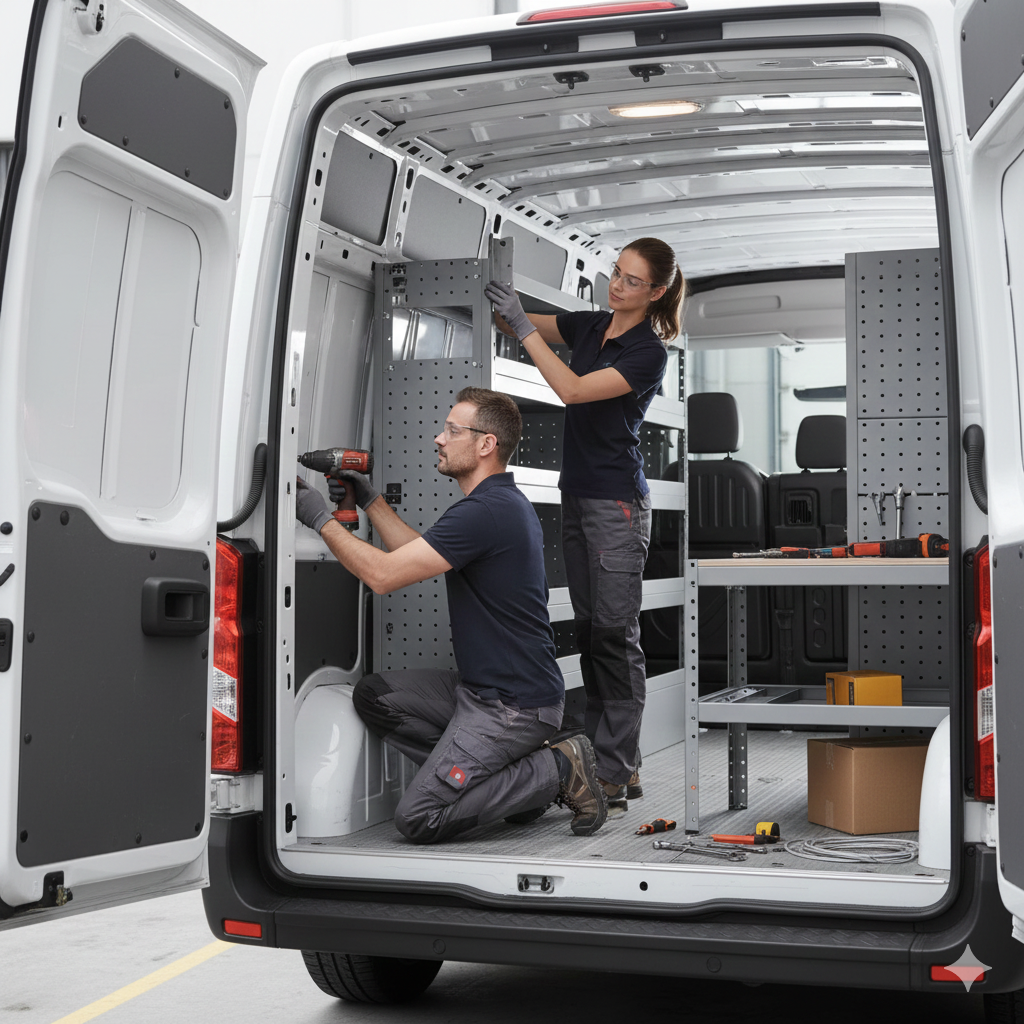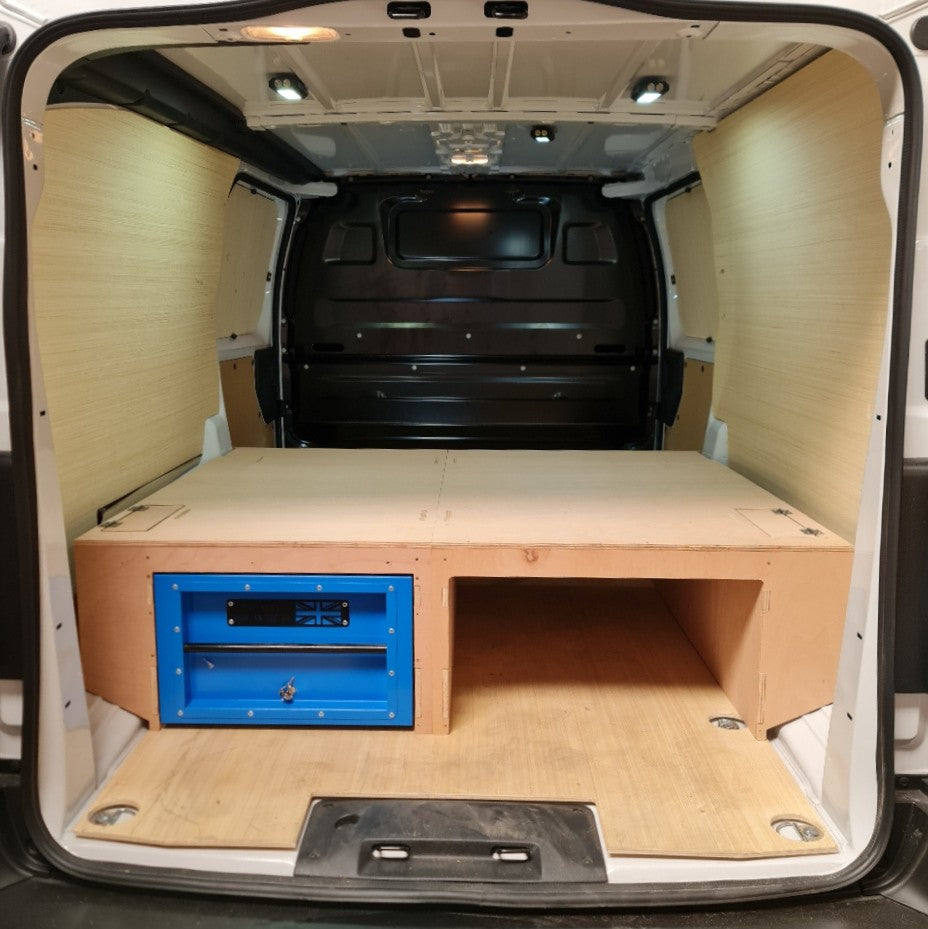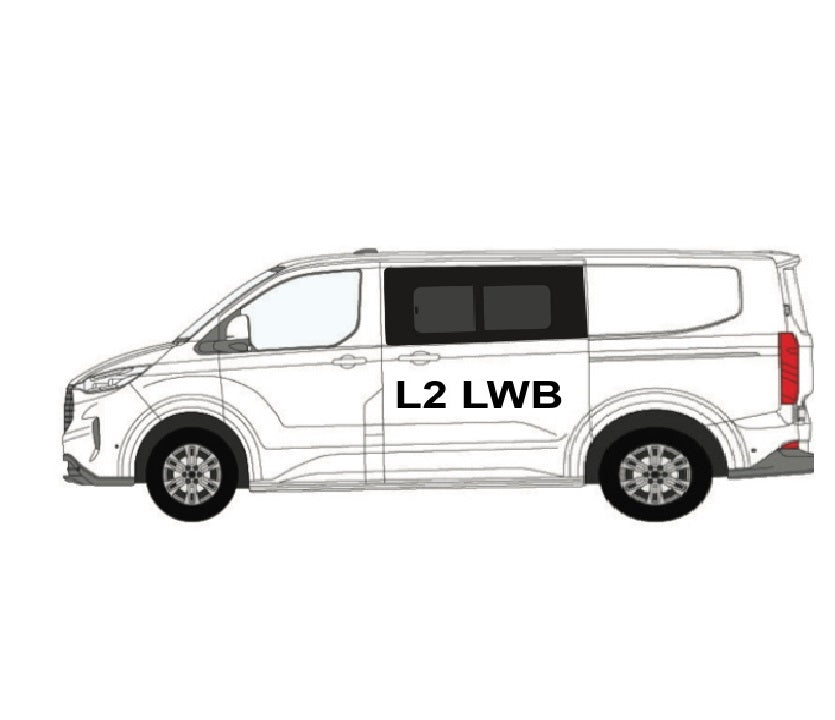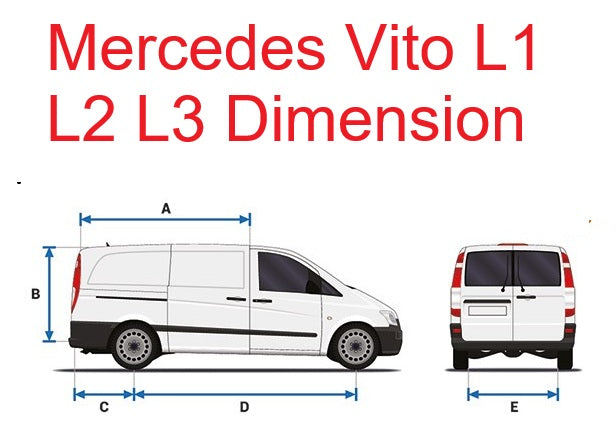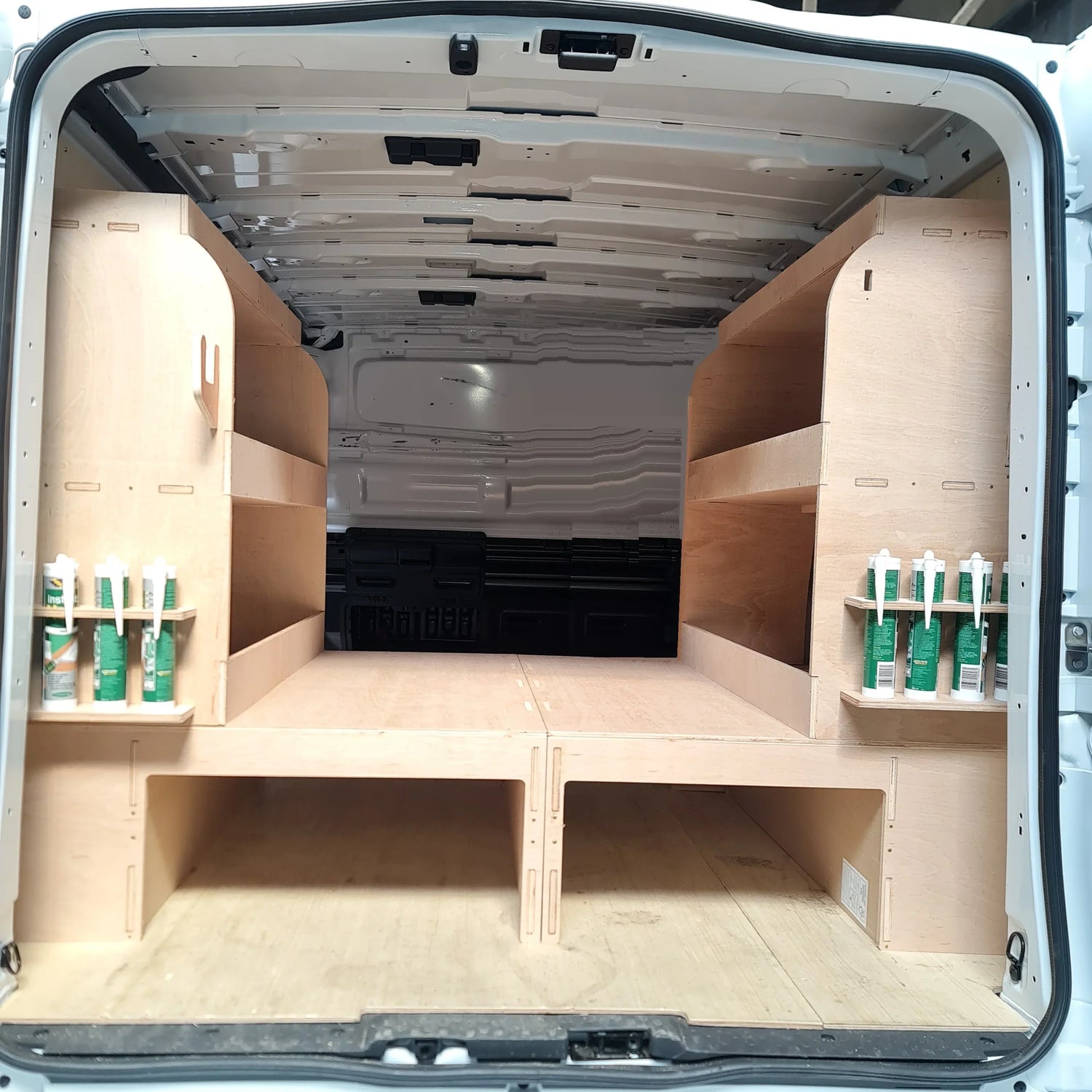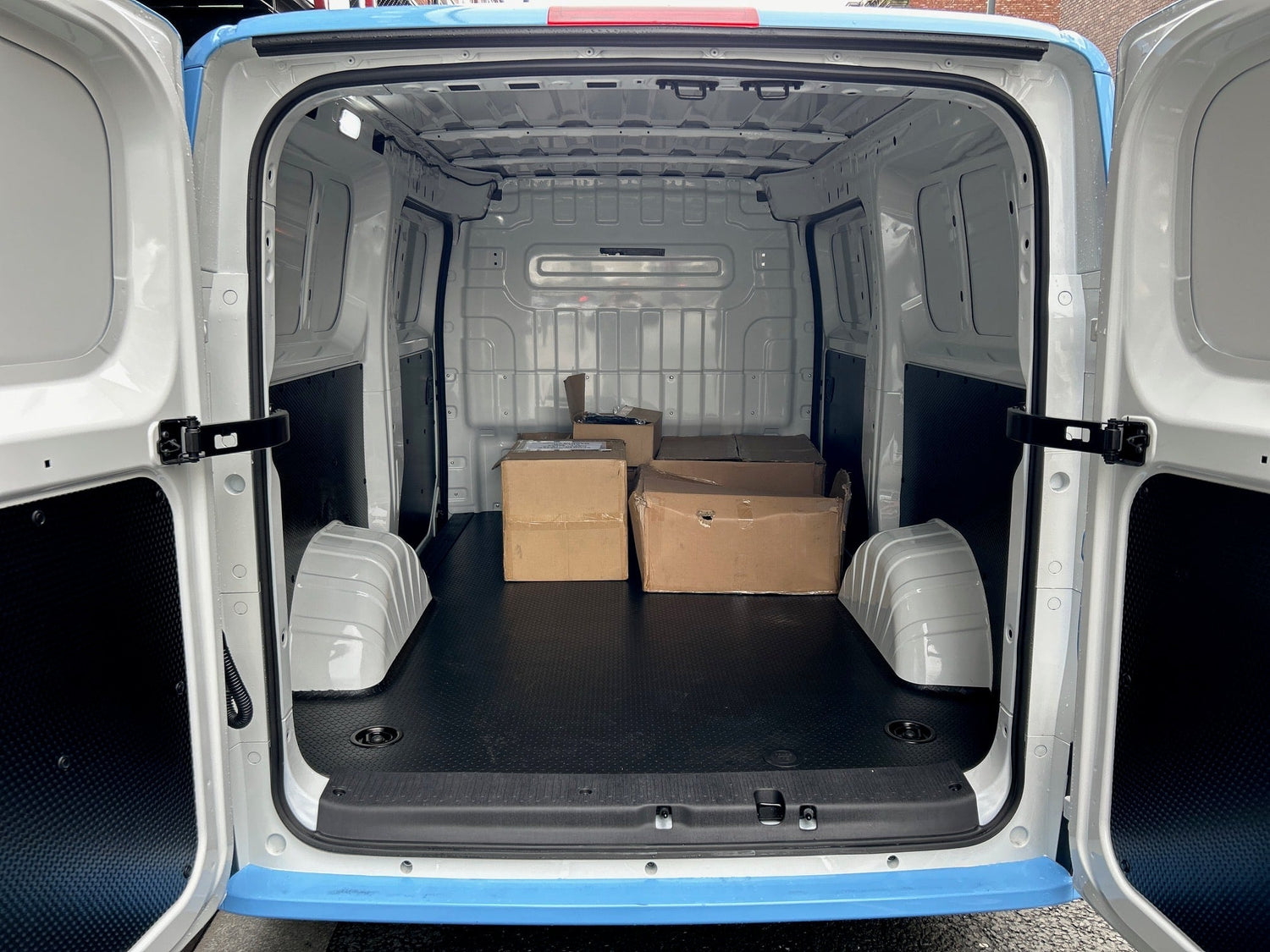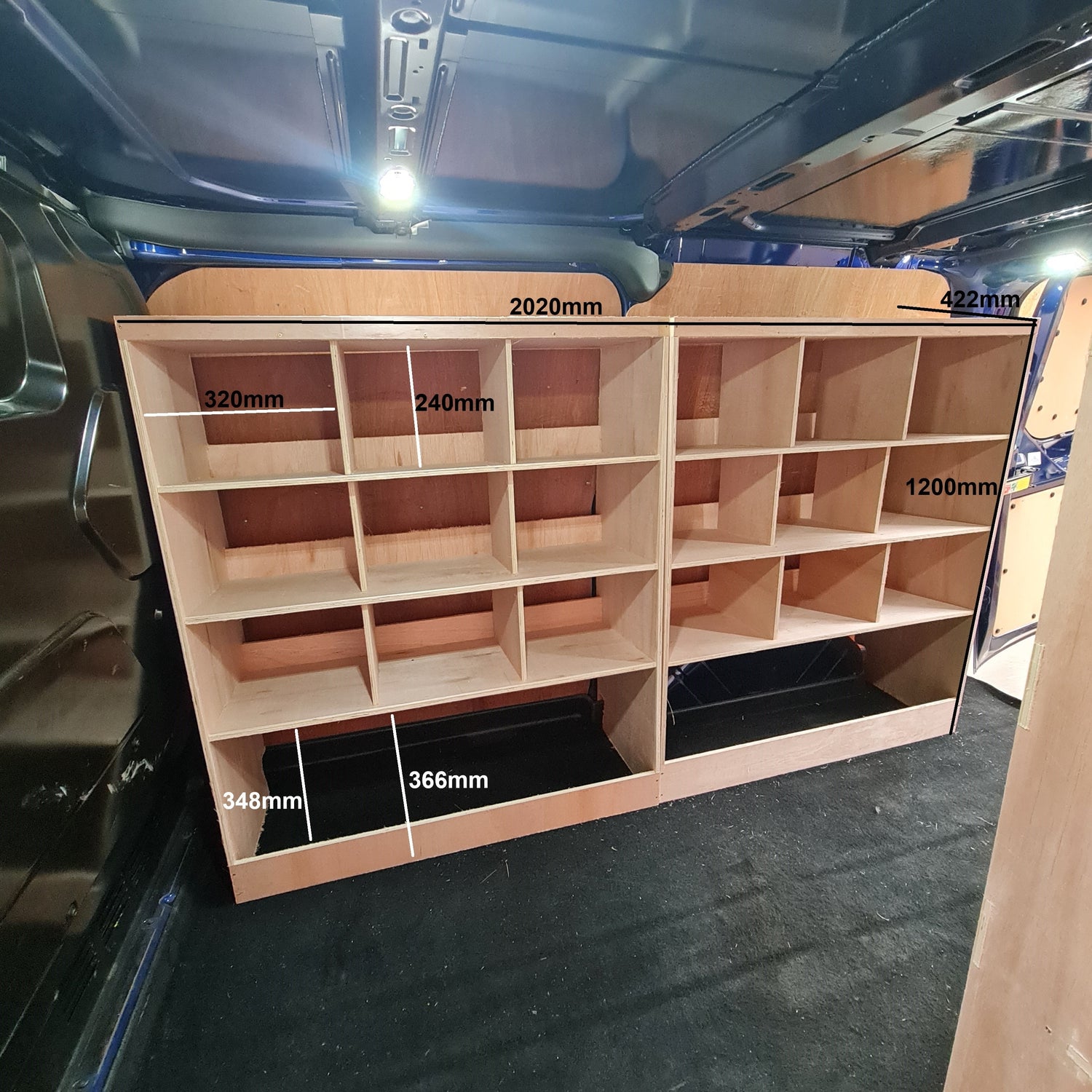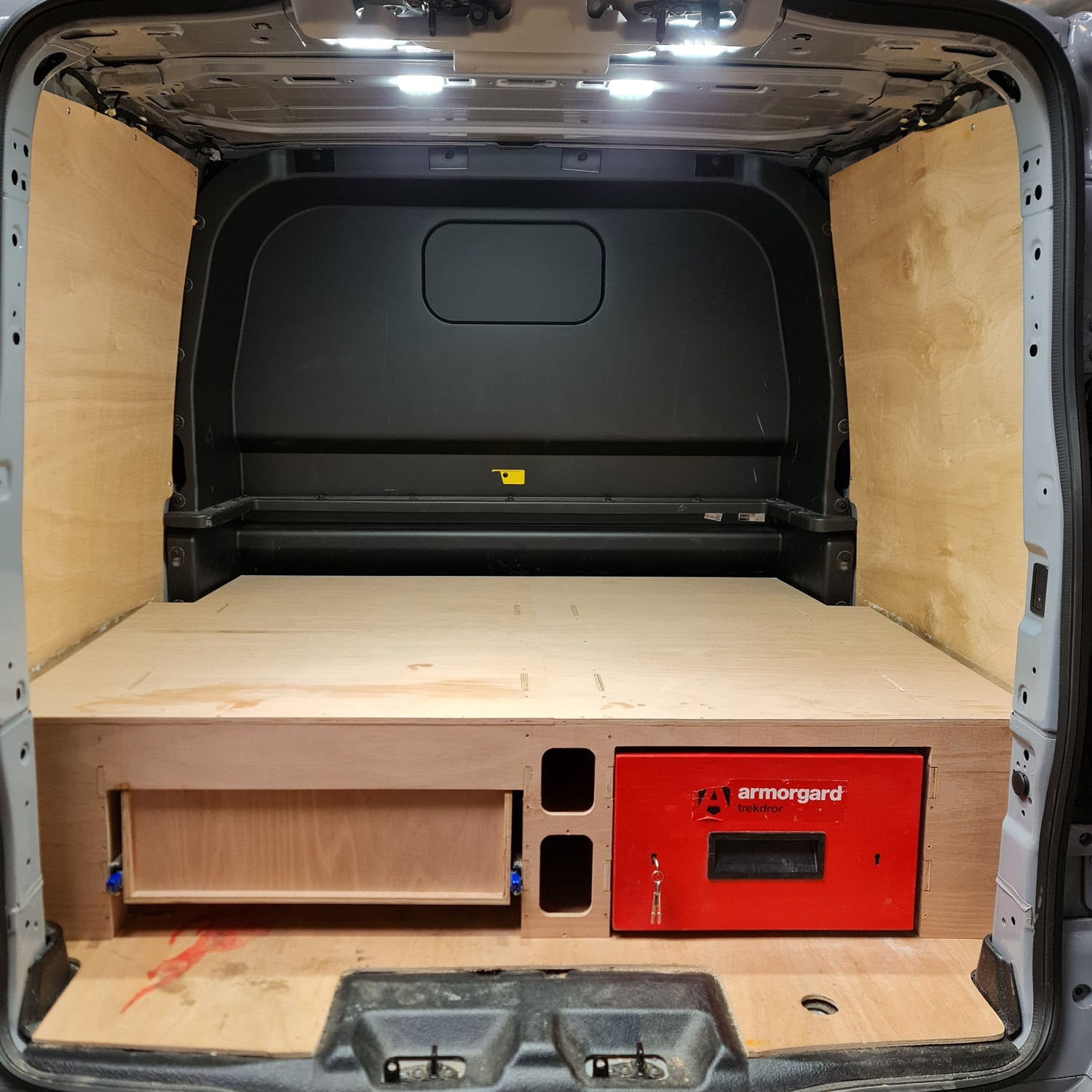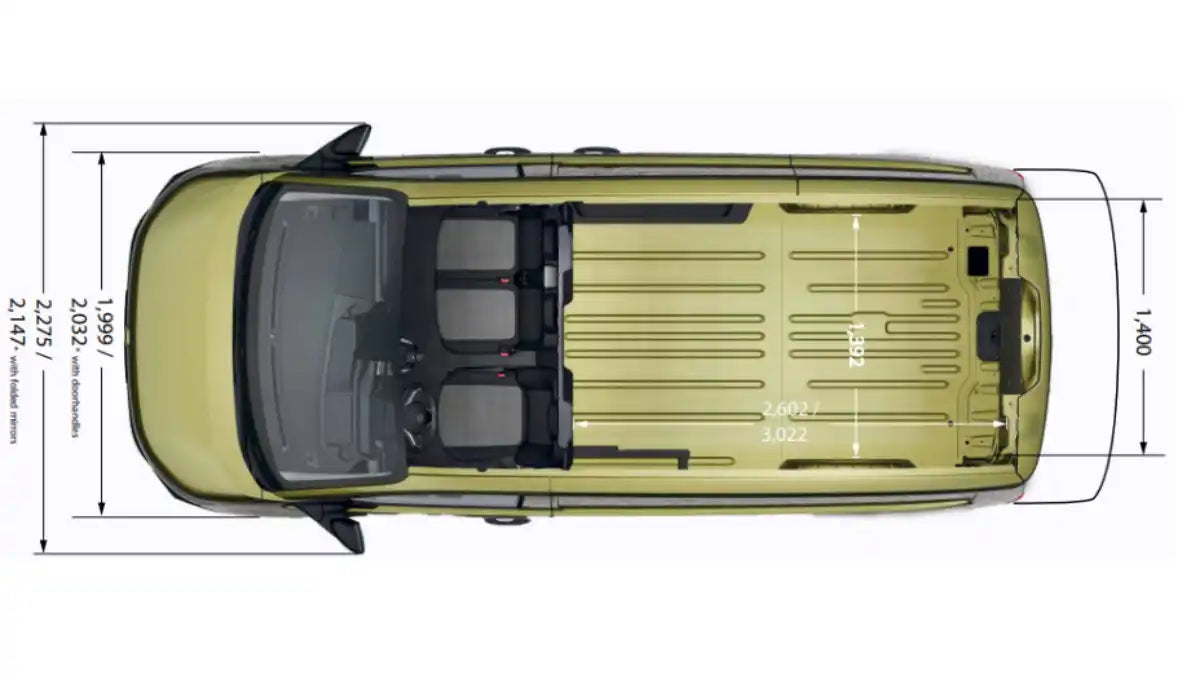Navigating the world of van licences can be a tad confusing, especially for those new to commercial vehicles or those looking to take on a larger set of wheels. Let’s break it down.
The Basics
Driving a van seems straightforward enough, right? After all, you’ve got your car licence. So, here’s the good news: Most vans, especially those that fit under the 3500kg gross vehicle weight (GVW) category, can indeed be driven with a standard B category car licence.
But – and here’s the catch – you have to be extra vigilant about not exceeding the 3500kg weight. That includes your vehicle, any cargo, and all the passengers. Go over, and you might find yourself facing some hefty fines, voiding your insurance, or worse – a court appearance. Older drivers, typically those who acquired their licences pre-1997, often have a C1 categorisation, which means they can handle heftier vans up to 7500kg.
Understanding GVW
GVW, sometimes termed maximum authorised mass (MAM) or permissible maximum weight (PMW), is a term you’ll become very familiar with if you plan to drive vans regularly. It’s the all-encompassing weight, including the van’s inherent weight, payload, fuel, passengers – essentially everything. And here’s a key point to remember: when in doubt about your van’s GVW, head to a weighbridge. A small fee could save you from a much more significant penalty.
Which Vans Can You Drive?
The Ford Transit, Mercedes Sprinter, Renault Master, and Volkswagen Crafter are just some examples of larger vans that fall under the 3.5-tonne limit. For those just needing a smaller vehicle, the likes of the Toyota Proace City or Volkswagen Transporter may be ideal.
Information about the weight limits of a specific van can usually be found on the plated weight, typically located inside the driver or passenger side door. This plate will give you an idea of the GVW, axle weights, and other pertinent details.
When Did You Pass Your Driving Test?
The year you got that prized piece of plastic makes a difference. If you’re part of the crowd who passed before 1997, you have more generous allowances, including driving van and trailer combinations up to 8,250 kg MAM. For those who joined the driving community post-1997, you’re limited to 3,500 kg MAM vehicles.
There’s a little flexibility for electric van drivers. Electric vans, though heavier due to their batteries, are allowed up to 4,250 kg for standard Cat B licence holders.
Bigger Vehicles, Different Licences
Dreaming of driving the really big vans or minibuses? The ones over 3.5 tonnes? If you passed your driving test post-1997, you’ll need to sit for another test to acquire the right license.
Driving minibuses professionally, particularly those that can accommodate more than 8 passengers, necessitates additional tests and possibly more licences, like the passenger carrying vehicle (PCV) D1 licence or public service vehicle (PSV) operator licence.
In Summary
While the rules can seem overwhelming, it comes down to this: Know the weight of your van and understand your licence’s limits. Keeping these in check ensures you stay on the right side of the law and avoid any unpleasant surprises. Whether it’s for professional use, a home move, or a weekend project, always ensure you’re behind the wheel with the right credentials.

